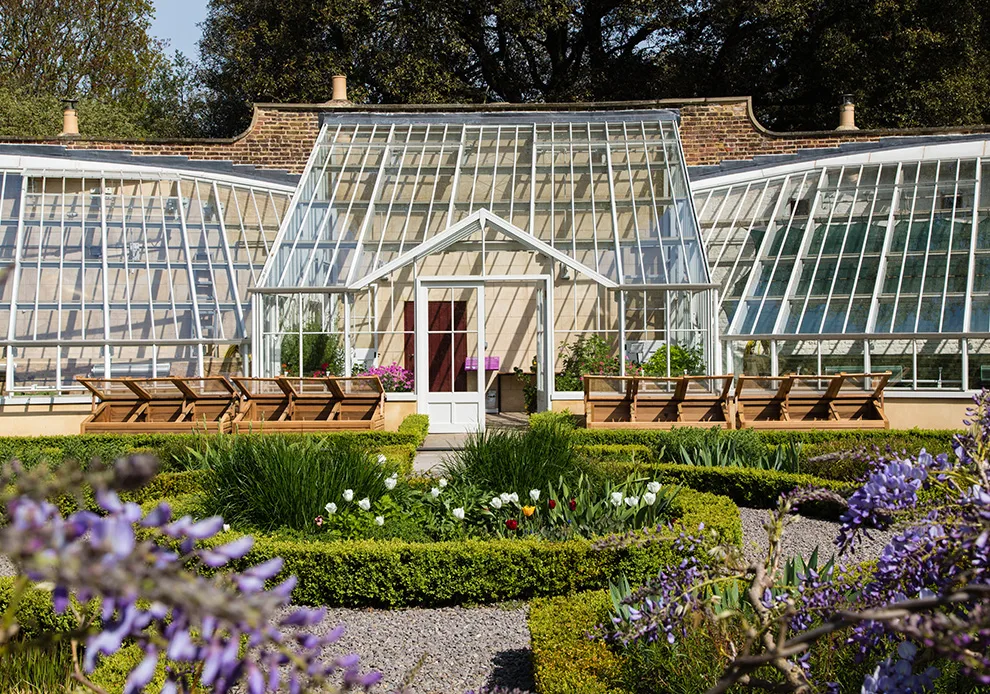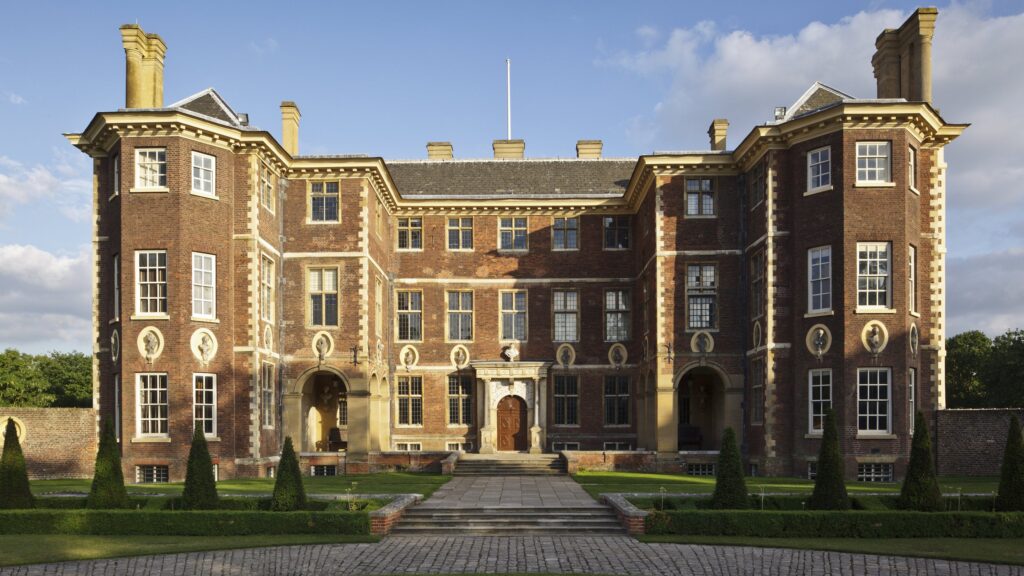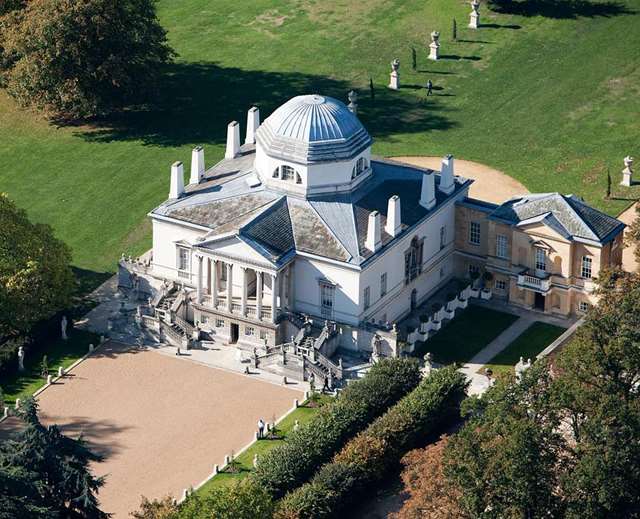Exploring the historical homes of London offers a captivating glimpse into the city’s rich past. Each residence tells a unique story, revealing the lives of its former inhabitants and the architectural styles that have evolved over centuries. From grand Georgian terraces to charming Tudor cottages, London is a treasure trove of historical homes that have been meticulously preserved.
This charming complex of historic buildings along the River Thames has served as the country residence of the Bishop of London since the 11th century, with the estate being under the Bishops’ ownership since around 700 AD. The Palace features England’s longest moat and is surrounded by exquisite 17th-century gardens. Notably, Bishop Henry Compton cultivated England’s first coffee tree here sometime after 1675.
Housed within a suite of Georgian rooms in the Palace is an intriguing museum that narrates the history of the Bishops of London and the evolution of Fulham Palace. The museum showcases a rich collection of artifacts, including medieval stained glass, carved fragments from the Palace, Roman coins, and other archaeological discoveries from the site.
Visitors can explore the Tudor great hall, the Victorian chapel, and the 16th-century entrance courtyard. The Tudor great hall, with its grand design and historical significance, offers a glimpse into the opulent lifestyle of the Bishops during that era.
This charming Stuart mansion, constructed of red brick, is situated along the banks of the River Thames in Richmond. Ham House, built in 1610, later became the residence of the Earl of Dysart, who, during his youth, served as the whipping boy for Charles I. Whenever the future king misbehaved, Dysart would receive the punishment in his place.
As they grew older, Charles expressed his gratitude by granting Dysart a lease on Ham House, which at the time was a rural retreat on the outskirts of London. The Earl’s daughter, Elizabeth, skillfully navigated the tumultuous period of the Civil War by outwardly supporting Parliament while secretly communicating with Charles II during his exile. Upon the restoration of the monarchy, Elizabeth was awarded Ham House outright.
Elizabeth married John Maitland, the Duke of Lauderdale, and together they transformed Ham House into one of the most exquisite and opulent Restoration houses in England. They created a magnificent home, adorned with fine art and furniture, and surrounded by splendid formal gardens. Notable features include the Bath Room, one of the first purpose-built rooms for bathing in England.
Syon stands on the north bank of the River Thames in Brentford. Originally a 15th-century Brigittine nunnery, the estate passed to the powerful Duke of Somerset after Henry VIII suppressed the nunnery. The Duke transformed the monastic buildings into a palatial Italianate-style house. However, following his fall from power in 1552, Syon was seized by his rival, the Duke of Northumberland. It was at Syon that Lady Jane Grey was offered the crown of England after Edward VI’s death.
Like the Duke of Somerset, the Duke of Northumberland’s ambitions ended in failure, and he too was executed for treason. The house was eventually purchased by Henry Percy, the 9th Earl of Northumberland, and remains in the Percy family to this day. In 1766, a descendant of the 9th Earl was named the 1st Duke of Northumberland. He enlisted Robert Adam, the foremost country house architect of the era, to transform Syon’s interiors. The result is a stunning neo-classical arrangement of rooms, centered around an awe-inspiring entrance hall dominated by the iconic statue of The Dying Gaul.
Richard Boyle, the 3rd Earl of Burlington, was a prominent figure in 18th-century British art, architecture, and landscape gardening, though he remains relatively unknown to many today. Lord Burlington developed a deep fascination with classical art and architecture during his Grand Tour of Europe. Upon returning to Britain, he embarked on creating his own Palladian villa in Chiswick, then a rural area conveniently close to London. Acting as his own architect, Burlington designed a remarkable neo-classical masterpiece, blending Greek and Roman elements under a dome inspired by the Pantheon in Rome.
The result is a unique and breathtaking building unlike any other in England. Chiswick House was not intended as a residence, as it lacked a kitchen. Instead, it served as an entertainment space, featuring a picture gallery, library, and rooms designed to showcase Burlington’s art collection. Burlington also extended his creative vision to the surrounding landscaped gardens. These gardens feature statues, obelisks, neo-classical temples, and water elements such as a canal, cascade, and pond. A semi-circular Exedra, adorned with statues of Caesar, Cicero, and Pompey, adds to the garden’s charm.











